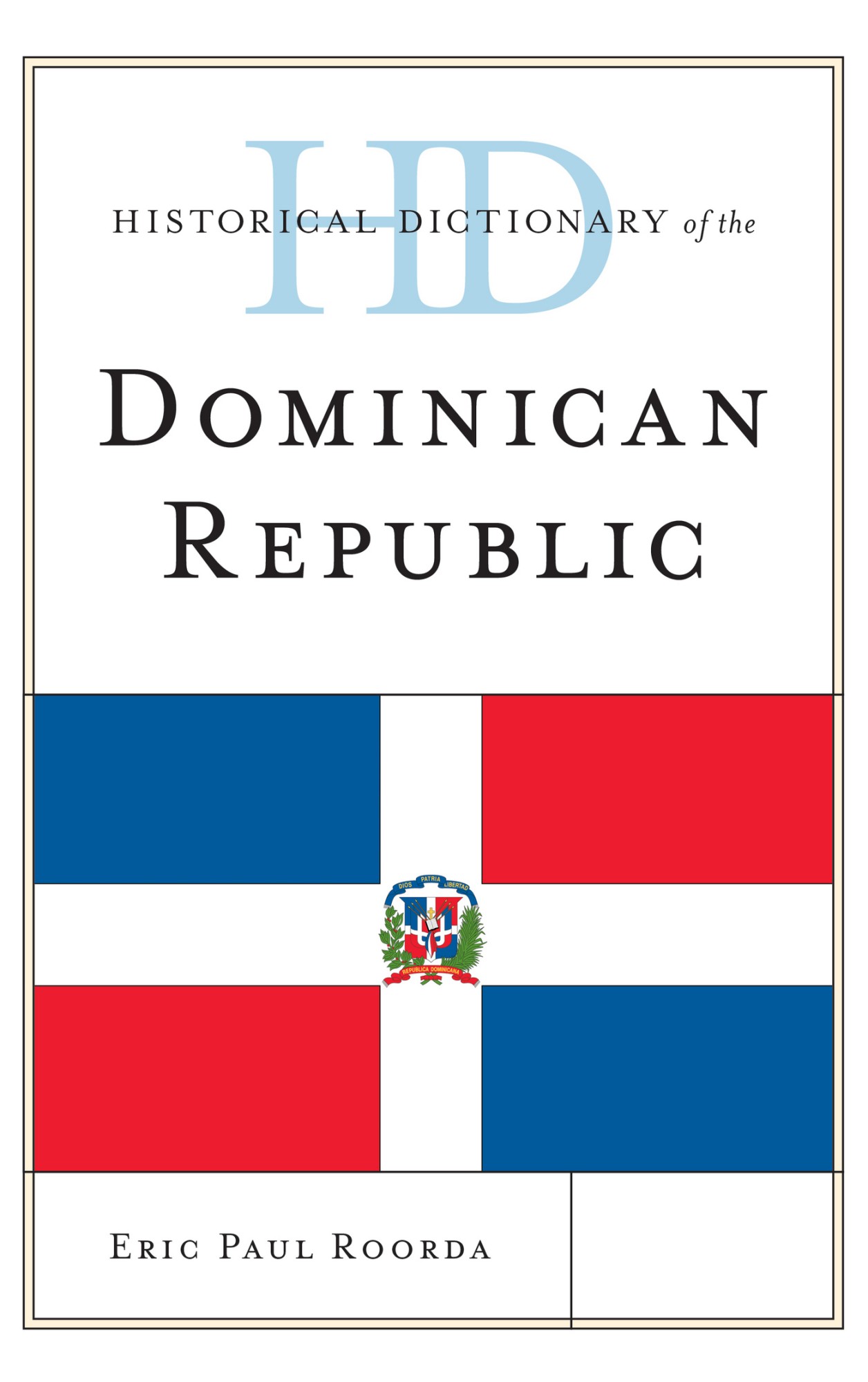
The historical dictionaries present essential information on a broad range of subjects, including American and world history, art, business, cities, countries, cultures, customs, film, global conflicts, international relations, literature, music, philosophy, religion, sports, and theater. Written by experts, all contain highly informative introductory essays of the topic and detailed chronologies that, in some cases, cover vast historical time periods but still manage to heavily feature more recent events.
Brief AZ entries describe the main people, events, politics, social issues, institutions, and policies that make the topic unique, and entries are cross-referenced for ease of browsing. Extensive bibliographies are divided into several general subject areas, providing excellent access points for students, researchers, and anyone wanting to know more. Additionally, maps, photographs, and appendixes of supplemental information aid high school and college students doing term papers or introductory research projects. In short, the historical dictionaries are the perfect starting point for anyone looking to research in these fields.
Historical Dictionaries of
the Americas
Jon Woronoff, Series Editor
Costa Rica, 2nd ed., by Theodore S. Creedman. 1991.
Honduras, 2nd ed., by Harvey K. Meyer and Jessie H. Meyer. 1994.
Venezuela, by Donna Keyse Rudolph and G. A. Rudolph. 1995.
Trinidad and Tobago, by Michael Anthony. 1997.
Cuba, 2nd ed., by Jaime Suchlicki. 2001.
Chile, 3rd ed., by Salvatore Bizzarro. 2005.
Mexico, 2nd ed., by Marvin lisky. 2008.
Haiti, by Michael R. Hall. 2012.
Colombia, by Harvey F. Kline, 2012.
Panama, by Thomas M. Leonard, 2015.
Dominican Republic, by Eric Paul Roorda, 2016.
Historical Dictionary of the Dominican Republic
Eric Paul Roorda
ROWMAN & LITTLEFIELD
Lanham Boulder New York Toronto Plymouth, UK
Published by Rowman & Littlefield
4501 Forbes Boulevard, Suite 200, Lanham, Maryland 20706
http://www.rowman.com
10 Thornbury Road, Plymouth PL6 7PP, United Kingdom
Copyright 2016 by Eric Paul Roorda
All rights reserved. No part of this book may be reproduced in any form or by any electronic or mechanical means, including information storage and retrieval systems, without written permission from the publisher, except by a reviewer who may quote passages in a review.
British Library Cataloguing in Publication Information Available
Library of Congress Cataloging-in-Publication Data
Names: Roorda, Eric, author.
Title: Historical dictionary of the Dominican Republic / Eric Paul Roorda.
Description: Lanham, MD : Rowman & Littlefield, [2016] | Series: Historical dictionaries of the Americas | Includes bibliographical references.
Identifiers: LCCN 2015041525 (print) | LCCN 2015042143 (ebook) | ISBN 9780810879058 (hardcover : alk. paper) | ISBN 9780810879065 (electronic)
Subjects: LCSH: Dominican Republic--History--Dictionaries.
Classification: LCC F1935 .R66 2016 (print) | LCC F1935 (ebook) | DDC 972.93--dc23
LC record available at http://lccn.loc.gov/2015041525
 The paper used in this publication meets the minimum requirements of American National Standard for Information Sciences Permanence of Paper for Printed Library Materials, ANSI/NISO Z39.48-1992.
The paper used in this publication meets the minimum requirements of American National Standard for Information Sciences Permanence of Paper for Printed Library Materials, ANSI/NISO Z39.48-1992.
Printed in the United States of America
For my angels: AED, Alida, and Frances.
A
AGRICULTURE
The dominant sector of the Dominican economy until recent times, agriculture has also shaped the countrys society and culture. The most important crops through time have been sugar and tobacco, which involved contrasting modes of cultivation and forms of labor. Sugar was grown on large plantations employing slaves, while tobacco occupied smallholdings supporting a class of yeomen farmers. Animal husbandry has been a constant, with the interests of free-range ranchers clashing with those of planters. The life of the monteros, which involved hunting for feral pigs and cattle to supplement subsistence farming, was another agrarian strategy pursued by large numbers of Dominicans until the 1930s. At that time, the Rafael Trujillo regime, which channeled most of the agricultural sector into the private ownership of the dictator and his family, forced the mountain people to join the landed peasantry. Other attempts at agrarian reform have punctuated Dominican history, including efforts to nationalize or redistribute the sugar industry and other agricultural interests that Trujillo had taken over.
The agriculture of the Tano people involved heaping the soil into mounds called conucos. Crops included a wide variety of foods that are still staples in Dominican cuisine, such as tubers called yucca, and yauta; gourds called calabaza; and several varieties of beans. The slash-and-burn technique of clearing areas for planting also endured for centuries among the Dominican peasantry.
The introduction of two new agricultural factors from Europe destroyed native conuco cultivation: plowing into the earth to plant rather than building mounds, and raising livestock. Prior to the arrival of the Spanish, no large animals existed on the island, so the pigs and cattle they brought with them, among other invasive species, devastated the environment and the fragile Tano farms within a few decades. Christopher Columbus imported sugarcane from the Canary Islands in December 1494, and the first crop was harvested soon thereafter at the Ozama sugar plantation on the Ozama River. For the purposes of sugar growing, among other economic pursuits, the Spanish divided the land and the native inhabitants among themselves in the encomienda system. As the Tano population collapsed from disease and abuse, the Spanish began to bring Africans to work as slaves on sugar plantations. When the colony went into steep decline in the mid-16th century, agriculture followed suit, and large herds of abandoned livestock went feral, becoming the basis for the buccaneer economy.
Land and livestock ownership was the basis for class formation during the colonial period, with the elites in possession of the largest tracts of real estate and herds of cattle. They were elite only in relative terms, however, as the colony remained impoverished, especially by the standards of the French colony of Saint-Domingue, which Spain ceded in the Treaty of Rijswick, 1697. The agricultural production of the neighboring colony, based on plantations with large numbers of newly enslaved Africans, generated a lucrative market for livestock and hides, which Dominicans traded across the porous border. Most pasturage was held in common throughout the colonial period.
A great deal of agricultural property was destroyed during and after the Haitian Revolution, especially when Jean-Jacques Dessalines devastated the fertile Cibao in 1805. Many landowners left the country during the HaitiOccupation from 1822 to 1844. The Haitian government passed laws during that time that brought major changes: to confiscate the absentee owners properties, to break up common pastures, and to abolish slavery. The

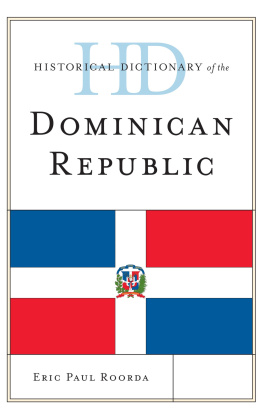

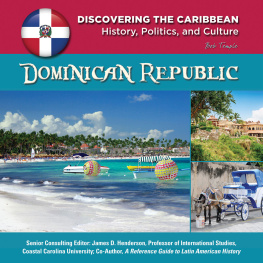
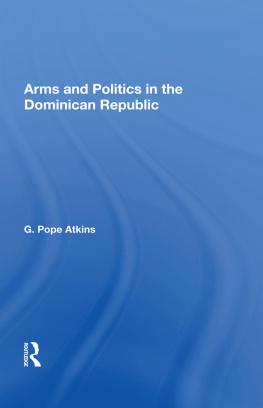
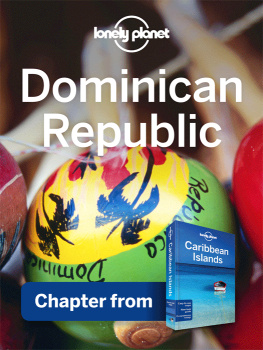
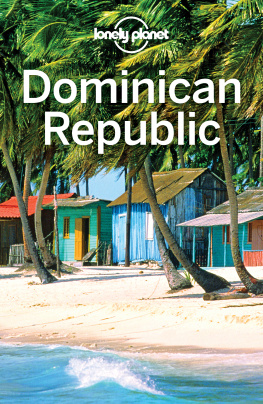
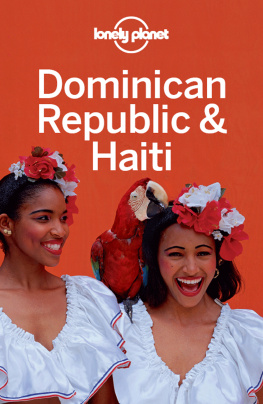
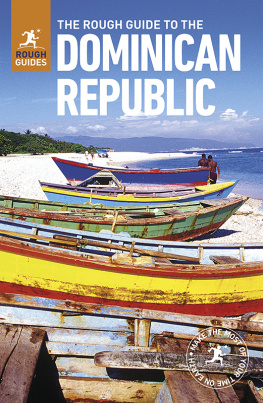



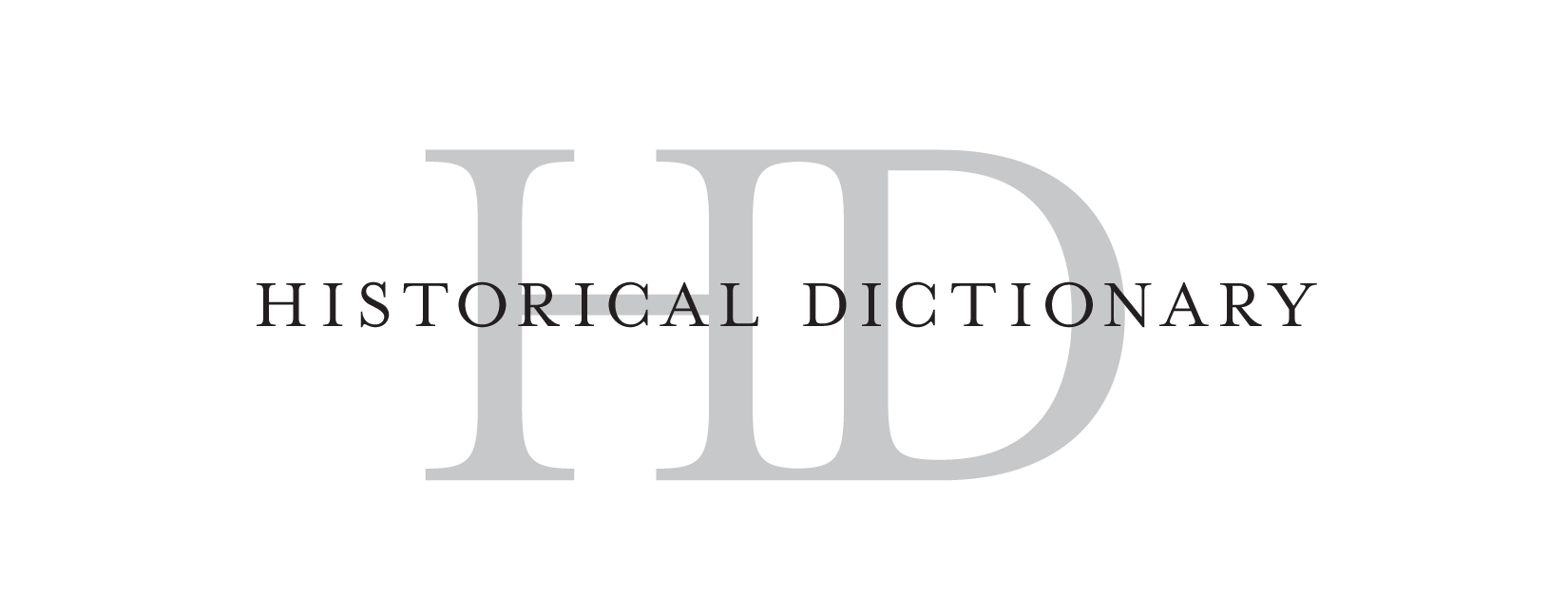
 The paper used in this publication meets the minimum requirements of American National Standard for Information Sciences Permanence of Paper for Printed Library Materials, ANSI/NISO Z39.48-1992.
The paper used in this publication meets the minimum requirements of American National Standard for Information Sciences Permanence of Paper for Printed Library Materials, ANSI/NISO Z39.48-1992.